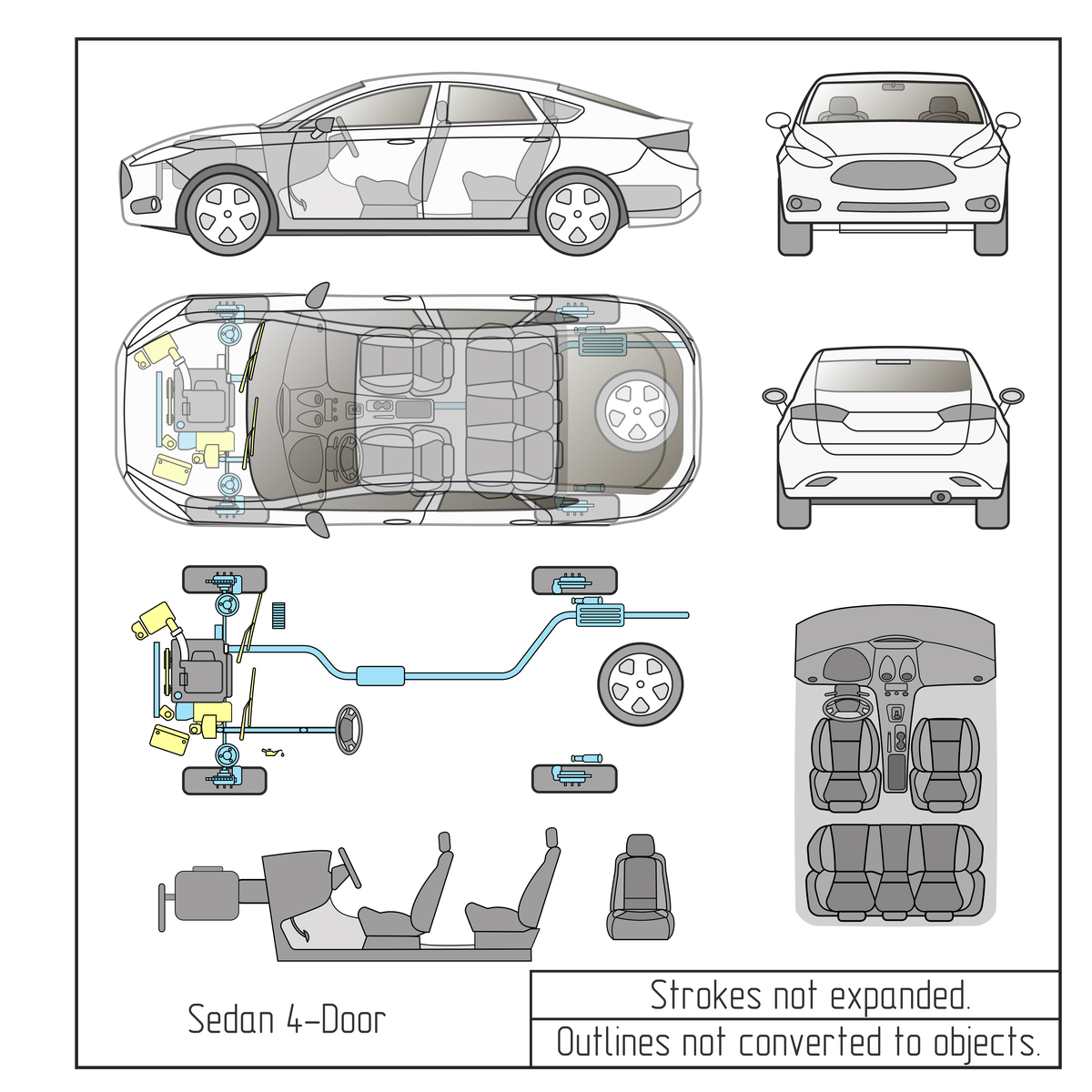
If Only 2020 was 2020
The pandemic is in our rearview mirror. Many of the lessons from the pandemic that helped companies succeed are forgotten, but should not be.

The pandemic is in our rearview mirror. Many of the lessons from the pandemic that helped companies succeed are forgotten, but should not be.

Traditional supply chain planning approaches push all products through a common engine to produce time-phased output. The demand stream is analyzed for error and bias, but in traditional processes, companies do not see the patterns. Pattern identification is key to drive successful supply strategies. This is a missed opportunity in traditional approaches.

On Friday, I presented an overview of outside-in planning to a consulting group. I love the questions when I present. The reason? The dialogue helps

In a recent blog post, I was challenged by Anna. She wrote, “I have been working in the supply chain for 35 years, and we

When you misappropriate something, you steal it, or otherwise use it, in a way its owner didn’t intend. Dictionary.com Words matter. As I sat and listened to

Insights on performing a supply chain diagnostics and improving supply chain planning.

Last week, I spoke at the CPHA supply chain conference in Philadelphia, Pennsylvania. (This was the inaugural supply chain event for the Consumer Healthcare Products

Yowza: Excitement or approval Get a cup of coffee. This is a long post. <Bear with me….> Here I share a nine-step process in an

Companies state that they want bold change; but within the company, I find swirling inaction. It baffles me. Why? Companies are at a tipping point.

Inquiry is increasing. Company dissatisfaction with supply chain planning is growing. The goal is to improve insights while decreasing the number of planners. The growing